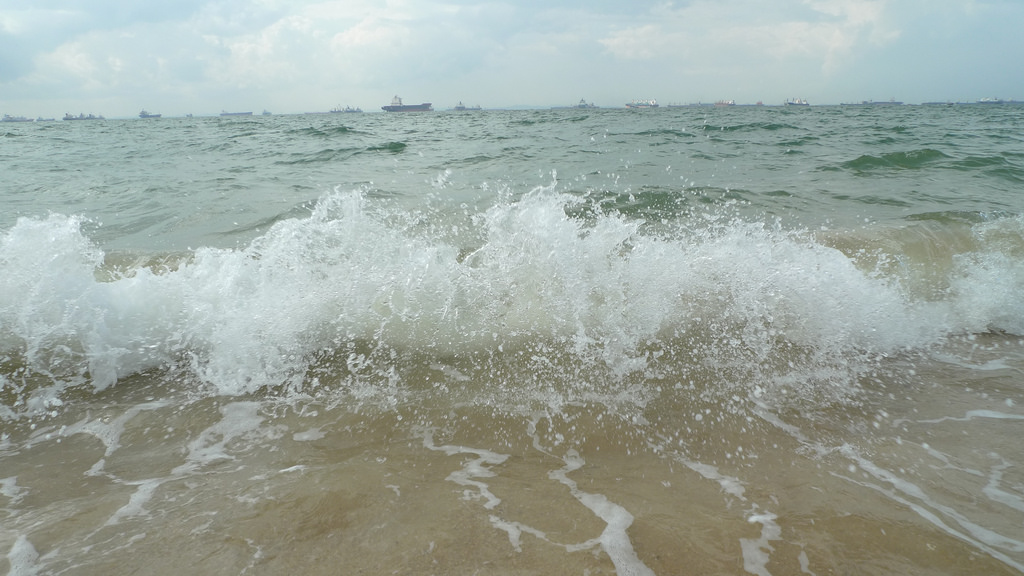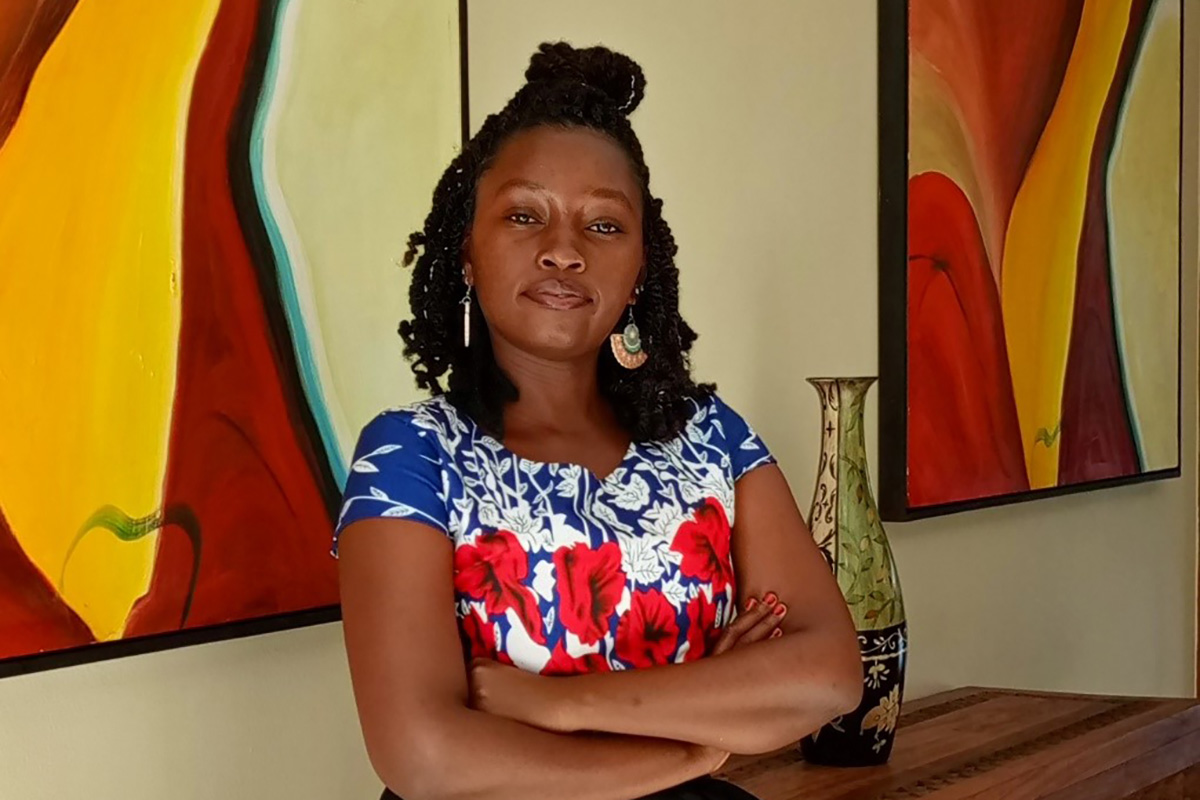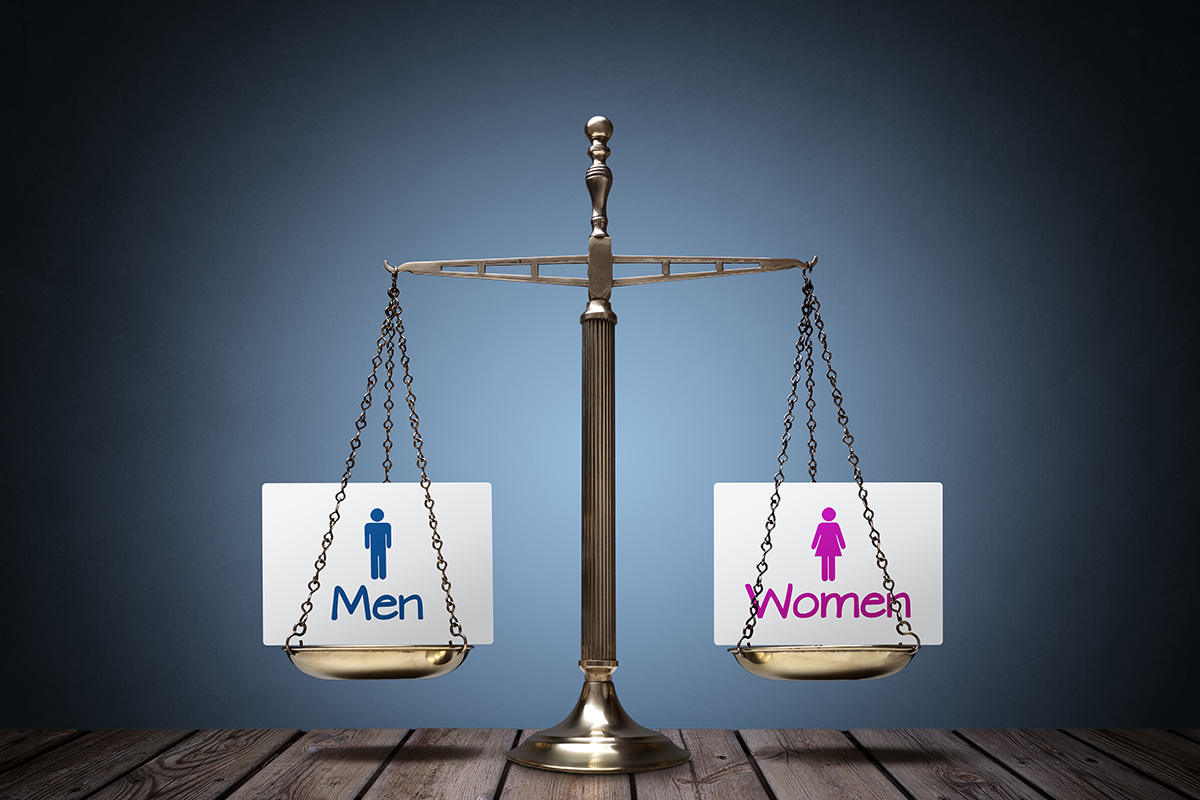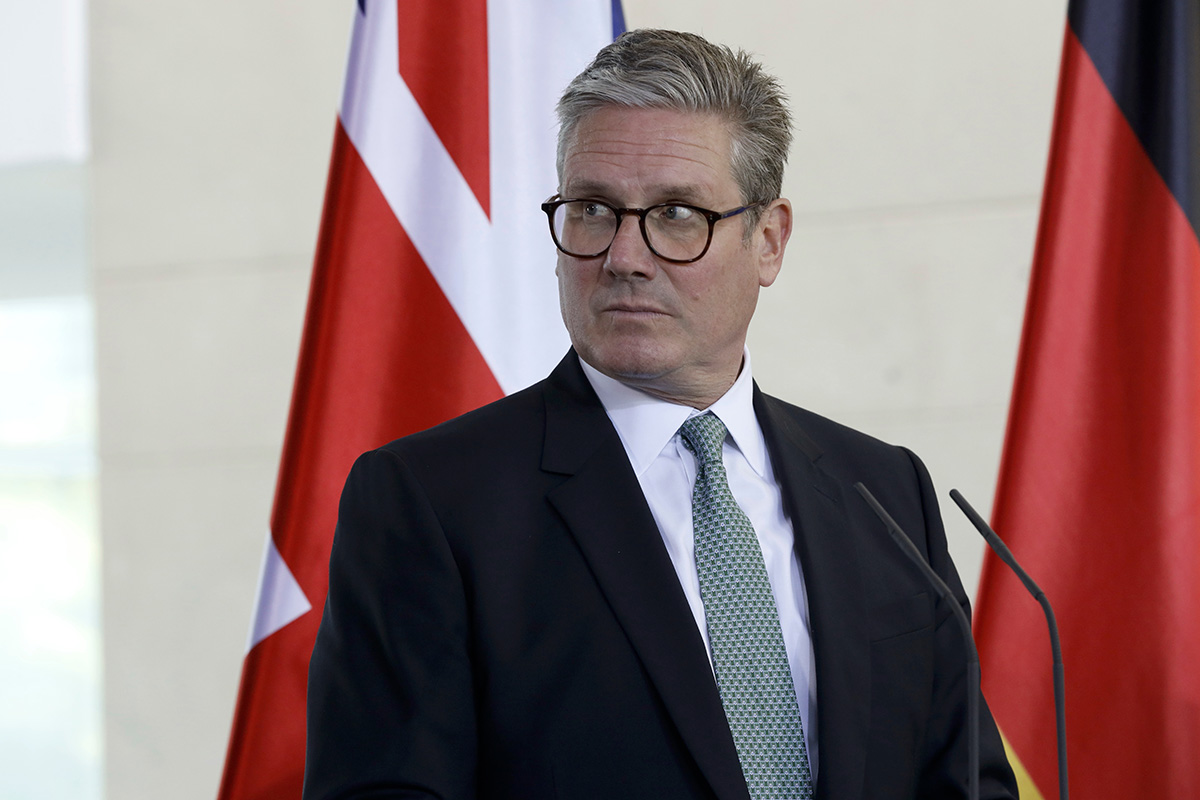“Clandestine migration or the unseen paradise”
May 30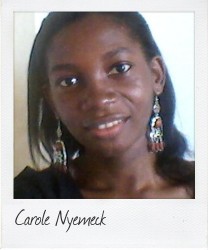 Illegal migration is a sometimes deadly voyage, writes Carole Nyemeck, 22, a Commonwealth Correspondent from Yaounde in Cameroon. But who is ultimately responsible for the migrants and their plight?
Illegal migration is a sometimes deadly voyage, writes Carole Nyemeck, 22, a Commonwealth Correspondent from Yaounde in Cameroon. But who is ultimately responsible for the migrants and their plight?
Suzy and her group of friends want so desperately to go to France that they find themselves caught in an illegal camp for migrant refugees. Fortunately, they get to escape from it and regain the coasts of Cameroon, their country of origin.
If this first shot proves unsuccessful, it doesn’t at all dissuade Suzy, who, resolutely committed to getting her family out of poverty, will try herself at other attempts. She will even flirt with prostitution as a means to save money and go to Paris, only to find herself illegally residing there after the term issued on the visa. Eventually, a distraught friend denounces her to immigration police. Then, disillusion and welcome back to Cameroon!
This story is actually “Paris à tout prix”, a Cameroonian film realized by Josephine Ndagnou; a Cameroonian actress, scenarist and producer. When films portray reality, there is no further step to make.
In December 1996, around the triangle of islands formed by Sicily, Malta and Lampedusa, at least 283 people died due to inhumane conditions of transportations in clandestine boats. A Wikipedia article on the shipwreck of Lampedusa mentions that since 2002, there are estimates of more than 3,000 deceased or disappeared on the borders of Lampedusa. On the same island, in October 2013, approximately 366 people died while illegally travelling to Europe. According to Frontex, 47,192 migrants came by land and 60,173 migrants came by sea in 2013. They were principally from Africa and the Middle East. So, from 1988 to 2013, approximately 19,144 migrants died on the borders of Europe.
In 2014, at least 3,419 migrants lost their lives when trying to cross Mediterranean borders, according to the United Nations High Commissioner for Refugees. Since the beginning of 2015, more than 20,7000 migrants strove to fraudulently travel across the Mediterranean borders, and 1,600 died. On April 19, 2015, a boat full of people is wrecked on the Libyan coast, with a total of 800 dead persons, 28 survivors and 24 bodies found. According to “Jeune Afrique”, a week before that tragedy close to 450 migrants found death in similar accidents.
As reported by a Wikipedia article on illegal immigration, there are three main roads through which migrants join Europe. First, through Spain: They can get to the straits of Gibraltar when coming from either the coasts of Morocco or the coasts of Algeria. Secondly, through Italy: They can come from Tunisia, and especially Libya, and then reach Lampedusa and Sicily. Thirdly, through Greece: They travel across Turkey, and from the coast of Turkey they embark for little Greek islands. Then, when in Athens, they make their way to Italy.
The trajectory scheme of migrants is: country of origin – country of transit – country of settlement. They are apparently contacted by passers who, once in the country of transit, provide shelter for them in refugee camps, until the day of embarkation for the country of settlement comes. However, as the 2006 accusations of Human Rights Watch show, they are sometimes maltreated in the country of transit; especially when they get caught by immigration or border police, like in Libya, where the NGO said they were arbitrarily detained and tortured in centres of arrest financed by Italy. More to that, as stated by “Jeune Afrique”, even Israel is being accused of trading sub-Saharan migrants to Rwanda and Uganda, without following up on human rights agreements established under ratified international conventions.
Are they perpetrated against Western nations in riposte for Arab spring and “imposed democracy”? Whatever the case, the sought paradise will remain unseen for countless dead and disillusioned migrants.
photo credit: East Coast Park shoreline via photopin (license)
…………………………………………………………………………………………………………………
About me: I am a student studying in Yaoundé, the political capital of the country. I am also a member of Cameroonian Student Achievers Club at the Yaoundé US Embassy, and wish to further my education in the United States.
I have always loved the media universe and its components of radio, television, newspapers and internet. However, my first professional encounter with this world came recently, when I began volunteering at Radio Maria Yaoundé.
…………………………………………………………………………………………………………………
Opinions expressed in this article are those of the author and do not necessarily represent the views of the Commonwealth Youth Programme. Articles are published in a spirit of dialogue, respect and understanding. If you disagree, why not submit a response?
To learn more about becoming a Commonwealth Correspondent please visit: http://www.yourcommonwealth.org/submit-articles/commonwealthcorrespondents/
…………………………………………………………………………………………………………………
